Welcome to The Surreal Atelier! I decided to launch this website on this particular date, 30 August, to celebrate and honour Birthday girl Leonor Fini. Here is my tribute to one of Surrealism’s most exhilarating artists.
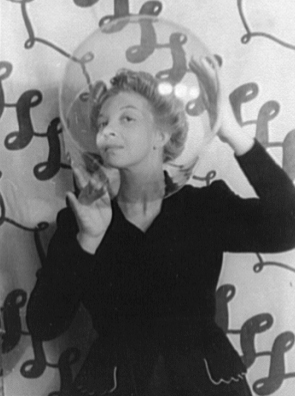
“While still a child, I discovered the attraction of masks and costumes. At fourteen, I walked through the streets of Treiste with a girl of my age, with foxtails stolen from our mothers sewn to our skirts. To dress up is to have the feeling of changing dimension, species, space. You can feel like a giant, plunge into the undergrowth, become an animal, until you feel invulnerable and timeless, taking part in foreign rituals”. 1
Of all the Women Surrealists who I have ‘met’ over the years (and I love them all dearly), Leonor Fini captivates me the most. Her persona, her art, her world…Fini spun an existence where women are Goddesses and warriors, where beauty is unconventional and abundant, and where swathes of every imaginable fabric and texture swaddle you up and protect you from reality. Although Fini’s art contains qualities similar to her friends and fellow women Surrealists, it is entirely unique. You instinctively know when you are inside Fini’s world.
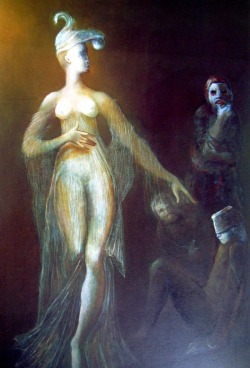
Fini and her art were entwined. As Frida Kahlo painted her life on canvas and Schiaparelli put her personality in her clothing, there was that touch of carnival in Fini’s work. Every picture was a self portrait revealing a different side of her personality and offering a commentary on femininity and sexuality. Her women always appeared intense, assured, knowing. Often clutching a cat, surrounded by felines, or tranformed into mythological creatures, they were not languid or insipid women, gazing wistfully out of the canvas, or heartbroken shells with hurt in their eyes. These were women who were mystic, independent and who verged toward the monstrous. But my, they were beautiful.
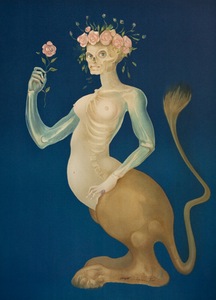
Fini was born in Buenos Aires but grew up in Trieste, a Northern Italian town. She lived in a sprawling Venetian style home with her Grandparents, mother, Governess and servant – her father had abandoned her mother and the newborn after her birth – and throughout her life Fini maintained and cherished her close maternal relationship. It also sheds light on the powerful women of her paintings: women who spun their world around them, sorceresses in control, Goddesses with power. And, of course, there were Fini’s cats…
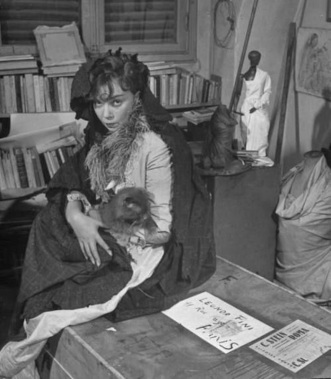
Fini’s Grandmother had a cat called Ciocci – a big white fluffy ‘angora’ breed – and the young girl adored him. He was more than a pet: for a decade he was her best friend and confidante. As an adult she turned her back on her Catholic heritage, declared herself an atheist, and only believed in The Cat God. Fini treated her cats with the same level of respect and adoration as the Ancient Egyptians did their Basts, feeding them at her dinner table and reprimanding any house guests who complained of their presence. We can consider her many cat portraits as offerings to the feline deities.
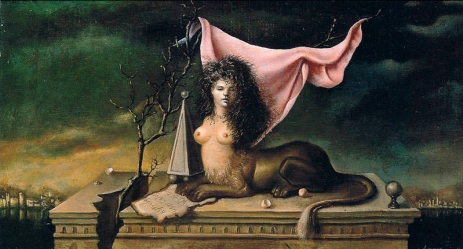
From a young age Fini was a natural artist and briefly studied art in Milan. She became interested in Surrealism after Georgio De Chirico showed her some of movement’s publications. In 1932 she moved to Paris, expanding both her social circle and her artistic style, by meeting influential figures in the creative worlds. Christian Dior, then director of the small Galerie Bonjean (this was before he became a designer), offered her a two-week show from November and December of that year. It brought Fini to international attention, no doubt assisted by the art historian Jean Cassou’s notes on the invitation.
“Leonor Fini evokes a whole world of enigmatic and comical creatures who, like those famous others, ‘echo not seem to be able to believe their luck’. They are dressed in frills and furbelows, and crowned with flowers and birds; they feed on old-fashioned cakes and form a passing comedy, a circus of fantasy, disguise, and death.” 2.
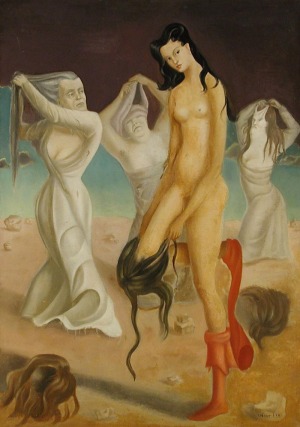
The beautiful young artist was in huge demand socially. Schiaparelli, who she met through Dior, frequently lent Fini her latest striking designs so she always looked wonderful. Both women benefitted from their association to each other: Fini looked like the exotic artist her paintings eluded her to be, and Schiaparelli gained publicity through Fini’s celebrity. She became the lover of Max Ernst, met André Breton, Paul Éluard and his wife Gala (who later married Salvador Dalí), and Henri-Cartier Bresson at the Café de la Place Blanche, socializing with the Surrealist’s as Ernst chaired the group’s meetings.
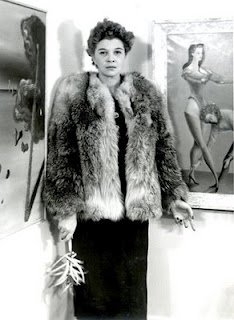
In June 1936, when London held the International Surrealist Exhibition at the New Burlington Galleries, she was introduced to British audiences. Unfortunately they were less than enthralled by the violent images she had selected for the occasion and The Daily Mail described her work as “a couple of slaps on the face of decency that should not be allowed to pass unnoticed”. Fini’s reaction? The English were prudes. A New York exhibition, where her work was placed alongside such renowned male Surrealist artists as Ernst and the poems of Éluard and De Chirico was more successful. It also reaffirmed two things about her work: the first was her obvious Surrealists connections, and the second was the individuality and dynamism she brought to the movement.
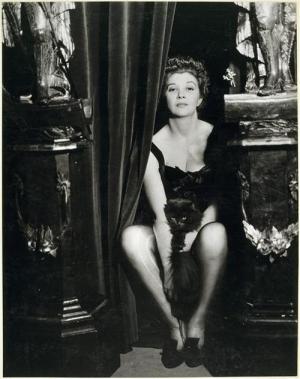
Much writing glosses over the friendships and collaborations between the Women Surrealists. Photography was a prime example: Lee Miller and Dora Maar frequented used their friends as their own creative subjects. One the best-loved images of Fini – sitting with her black cat between her legs, knees akimbo, leaning provocatively forward as her flimsy negligee scoops down – was taken by Maar (who was so much more than Picasso’s ‘Weeping Woman’). Fini also designed the bottle to Schiaparelli’s trademark ‘Shocking!’ perfume (she modeled the bottle on Mae West’s figure) and created original designs that appeared on carpets and wallpapers. Dalí even commissioned a dress for Mae West based on a design that appeared within one of Fini’s paintings. There was beauty in everything she created.
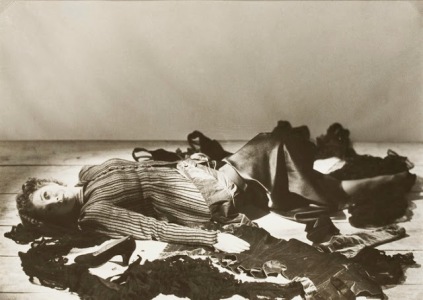
As the 1940s approached Fini turned her attention to portraiture and fantasy paintings, all of which flashed with Surrealist touches. In 1936 she painted Gogo, Schiaparelli’s daughter, and in 1938 the subject was friend and fellow Surrealist Meret ‘Breakfast in Fur’ Oppenheim. There were also her self-portraits. In 1938’s Autoportrait au scorpion (Self-Portrait with Scorpion), Fini appears to be part-woman, part-scorpion, the only evidence being the creature’s tale poking out from underneath a single gloved hand. ‘ Fini’s later phantom-like images have remained amongst the strongest in the movement’s history.
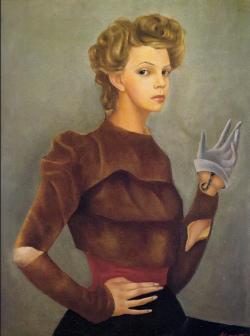
Fini never liked to label herself as a ‘Surrealist’ for a number of reasons. She was against the homophobic and misogynistic beliefs of certain male members and thought Breton’s ‘Pope of Surrealism’ moniker – and how he was ‘their leader’ – was most tiresome. Most of all, she disliked how the group ex-communicated its members (Dalí and Giacometti). She cherished her independence and maintained that independent people do not require labels.
“I have never been very interested in ideologies, and I refused the label surrealist. It seemed that everything strange was called surrealist in the thirties. I saw more differences than similarities between myself and the surrealists. I was never a surrealist. I preferred to walk alone.” 3.
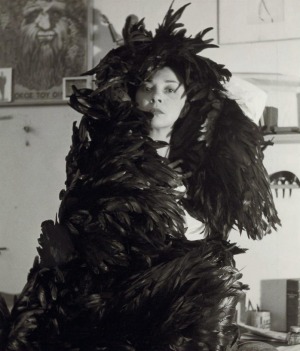
It makes sense: cats are independent creatures and Fini was no exception. She never married, chose to surround herself with cats, indulged in bisexual trysts and sometimes lived ‘a trois’ with two lovers (one who was more a friend than a lover, and the other who was more a lover than a friend). She was neither a femme-enfant or a typical muse and never resigned herself to the movement’s madness. A Spinx by definition is ‘an enigmatic or inscrutable person’. Fini was both: the self-styled Sphinx of Surrealism.
- Leonor Fini quotes in Peter Webb, Sphinx: The Life and Art of Leonor Fini, (New York: The Vendome Press, 2009), 10.
- Ibid, 32.
- Ibid, 69 & 72.

Reblogged this on Up Against the Flooring.
Reblogged this on Sabina Stent and commented:
*A reblog to honour Leonor Fini’s Birthday*